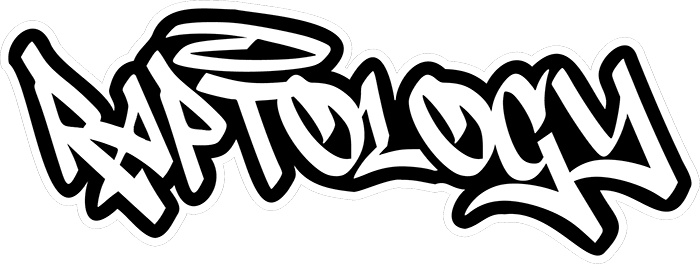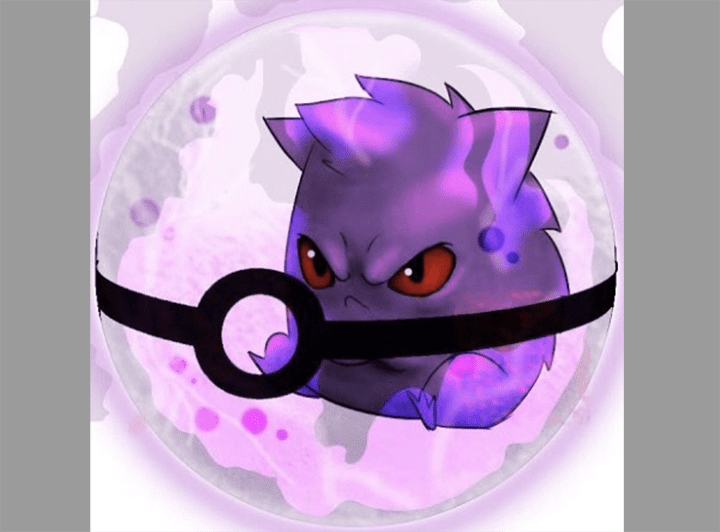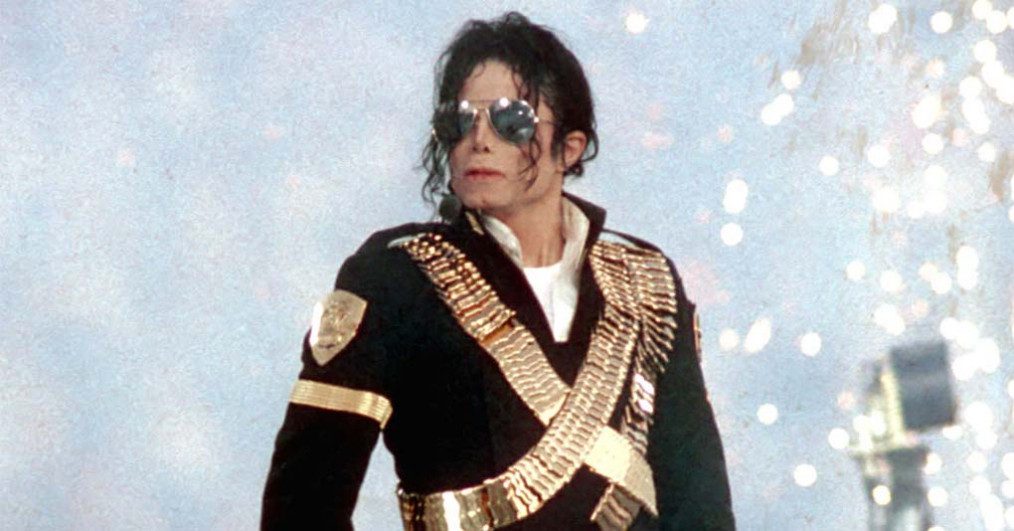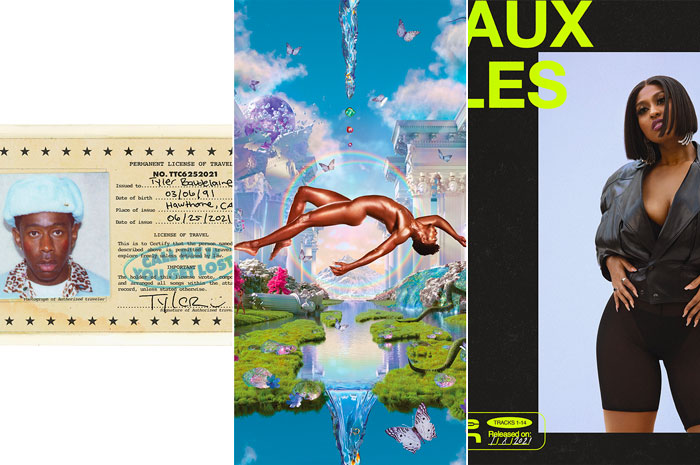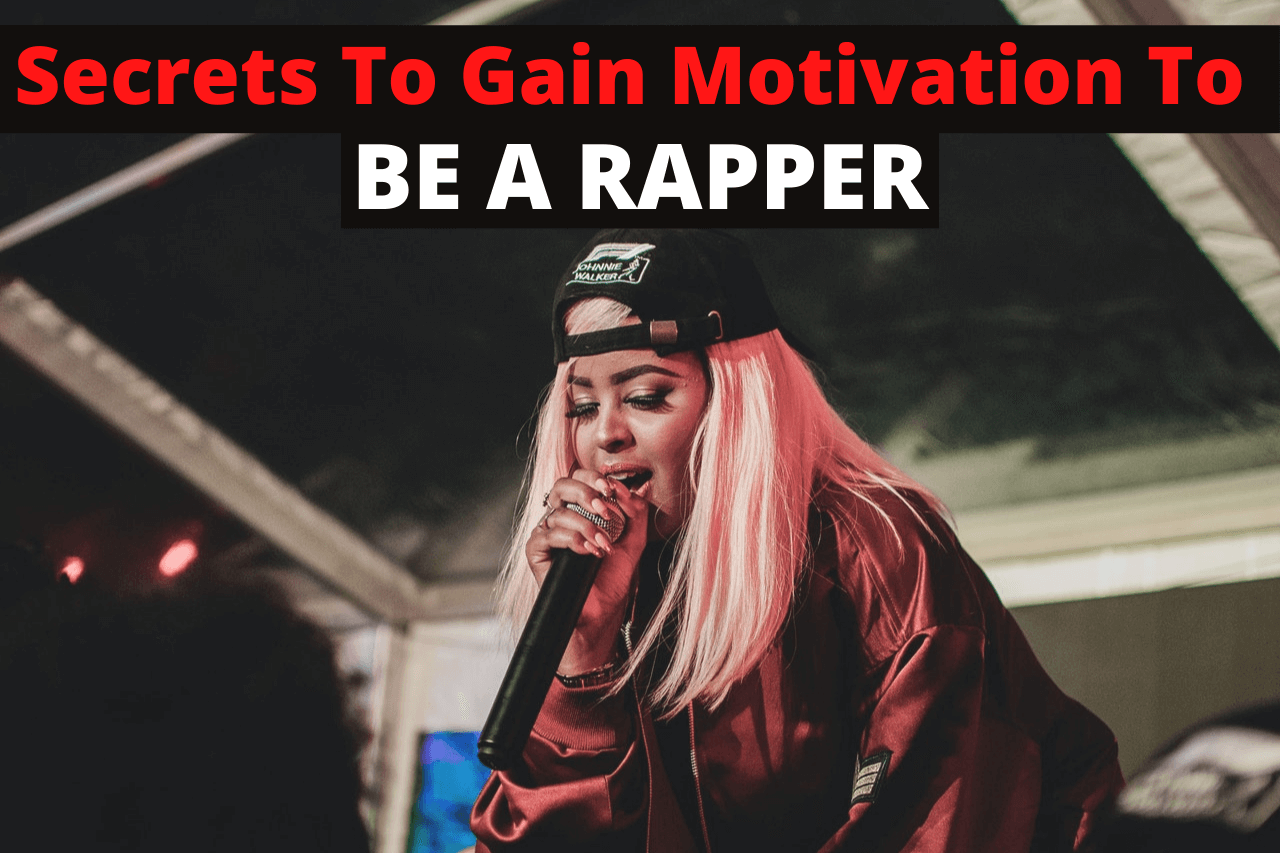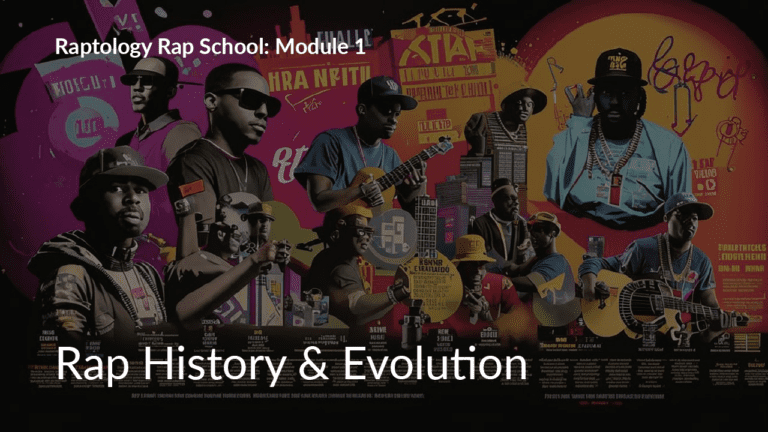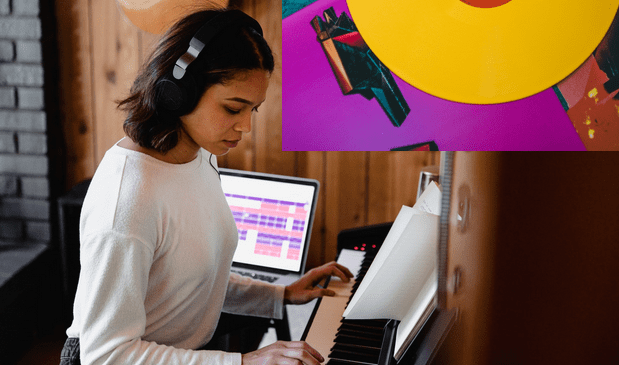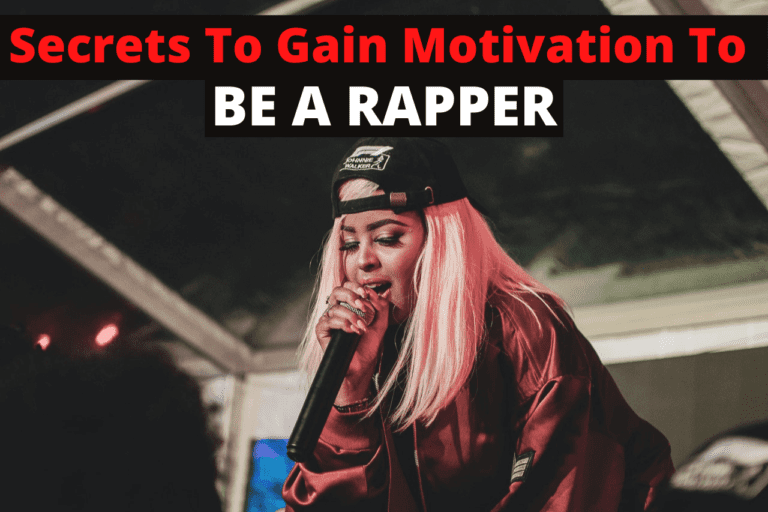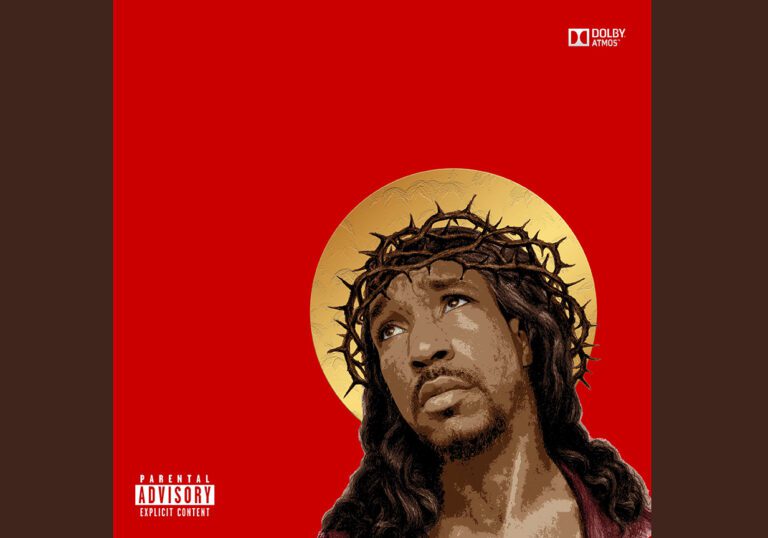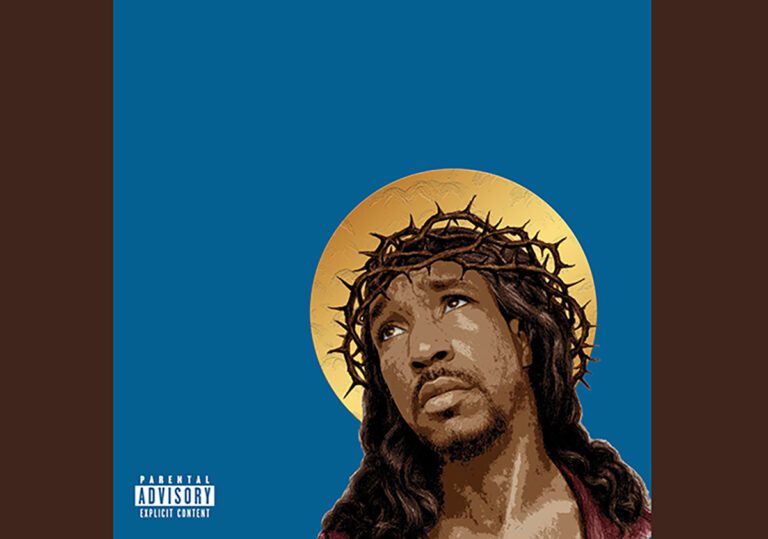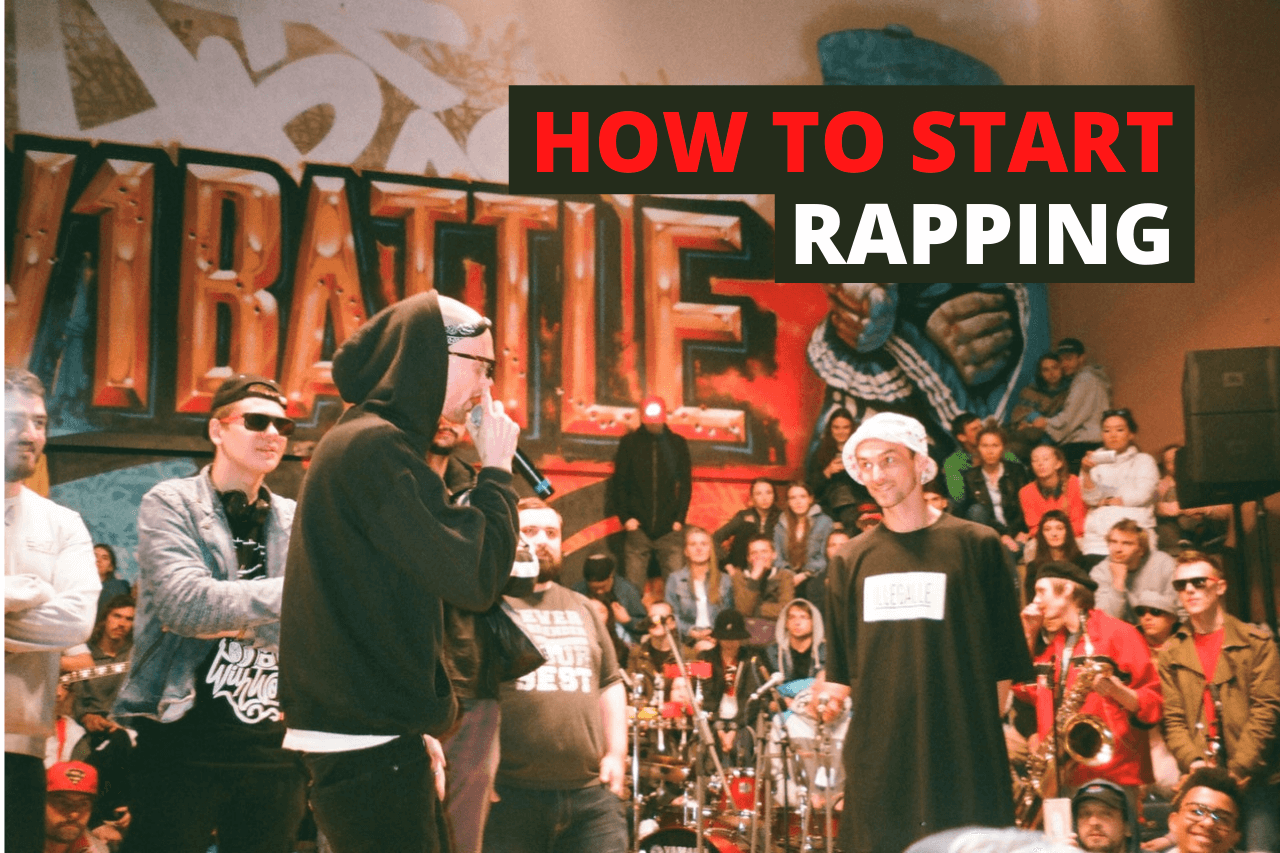
In today’s article, we’re going to show you how to start rapping, step-by-step.
As someone who’s had the privilege of traveling around the world from rapping, made lifelong friendships, and even a few bucks along the way…
…It’s my pleasure to present to you the very basics of how to get started in this wonderful art.
If you’re interested in learning how to rap in a step-by-step, in an easy-to-follow way by someone just like you who had no musical training and was able to learn rapping to a point to make it a full-time career…
In any case…
Let’s not waste any more time since we’ve got a lot to cover.
1. Make Your Goal To Start Rapping, Not “Become A Rapper”
The first thing you’ll need to do is recognize that rapping – the ability to rap – is a skill that can be developed no matter how much or little musical knowledge you have.
The skill of rhythmically putting rhyming words together with a beat IS something that you can get good at, and you should BELIEVE you can become as good as you want…
…As long as you don’t get too hung up on what you think a “rapper” is supposed to be.
A lot of people give up too early to actually get good at rapping (or don’t start at all) because they think a rapper is supposed to be ONE way…
…A gangsta, or have a lot of tattoos, or use (or sell) drugs all the time… or whatever…
But at the end of the day…
A rapper is someone who RAPS.
A writer is someone who writes, an actor is someone who acts, and a rapper is someone who raps.
Don’t let anyone tell you any different.
2. Write At Least 16 Lines Of Rap Everyday
Why the number 16?
Rap is commonly divided into “bars”, which is a phrase that essentially means one line of rap from beginning to end.
Bars also have a musical definition which we cover very in-depth in our How To Rap dictionary, a free resource where we give you 100+ words and phrases professional rappers use to create their art…
But for the purposes of getting you rapping quickly, just think of a bar as one line of rap.
Now, over the history of Hip-Hop, certain patterns revolved around how long your average rap verse was…
…And the most common length was 16 bars or lines of rap.
More recently, with the advent of streaming and shortened audience attention spans, many rap verses have been shortened to 12 bars or even 8 bars…
…But it’s best for you to start writing 16 so that you’re writing MORE so that you get good at rapping FASTER… which is what you want, right?

3. Write A Topic At The Top of Each Rap You Write
This is something that I did from the very beginning, thanks to a rap mentor I was lucky enough to have back when I started rapping.
He told me to keep it very simple, so the topic could be just, “shoes” or “girls” or whatever…
…But forcing myself to think of the topic or subject matter EVERY time I wrote even as a beginner helped me to be able to speak more authentically as an artist…
Because I was practicing speaking on a topic the way I SAW it as opposed to what I thought people wanted to hear.
Also, down the road, as you get better at rap, you’ll be asked to do features or write songs for cash on a particular subject and you’ll be thankful you practiced staying on a topic so much.
4. Add A Chorus To Each Of Your 16 Bars of Rap On The Topic
The truth of the matter is that most fans of Hip-Hop enjoy rap being formatted in a song… much like any genre…
…And in addition to hearing your mic skills, they want parts that are easy to remember that they can sing along too…
…By practicing adding a simpler, catchy part of the rap each time you write, you’ll become known not only as someone who can “rap”…
…But someone who can make great MUSIC…
And when you can make great MUSIC… that’s when the big bucks come in.
Drake, arguably the most well-known rapper today, has made millions of dollars JUST by doing choruses on other rappers’ songs…
Kendrick Lamar is one of the most respected lyricists in the game, but CHORUSES such as “Humble”, “Alright”, and “Don’t Kill My Vibe” are as iconic to many people as his raps on those songs.
So take a note from the greats and practice adding choruses EVERY single time.
5. Start By Rhyming The Words At The END Of Each Bar, THEN Add In Other Rhymes
For the first few weeks of your rapping practice, don’t worry about trying to fill in 1,000 rhymes per bar or trying to sound like Kendrick or Eminem tomorrow.
Right now as a beginner you’re just trying to get used to organizing your thoughts in a rhythmic, rap fashion.
When I first learned guitar, my Dad (who gave me my first guitar) told me: look, your hands are not used to moving in the directions the notes NEED you to. So don’t get discouraged if it feels WEIRD at first.
Over time, your hands will get used to doing “weird” movements that will eventually become notes on the instrument.
I’m going to give you the same advice with rap:
Your mind is not used to slowing down, organizing your thoughts on a page, and then putting them in order in a way that rhymes.
So it will feel WEIRD at first… BUT that’s okay. Keep it simple in the beginning by just thinking of rhymes at the end of the bar, and then you can stack more later on.
6. Practice Every Rap Out Loud
As a person learning how to start rapping, one of the most important aspects of rap you’ll need to understand is it’s often not WHAT you say, but HOW you say it.
You can have the most lyrically intricate bars EVER but if you deliver it monotone with no confidence, nobody’s going to want to play your music.
With this in mind, from the very beginning, I want you to practice saying every rap OUT LOUD and not just become a “textcee”…
(A text-cee being Internet slang for someone who only writes text rhymes in comments and on forums but doesn’t really rap in person… think of it sort of like someone who plays fantasy football and believes that makes them more likely to play in the NFL or in the Premier League… LOL)
“Text-cees”
Additionally, by practicing delivering your rhymes out loud, you’ll begin to notice how certain words and rhyme schemes are easier to say than others (depending on the tempo of the beat), and you’ll want to adjust them to fit the beat more…
…And excellent skill to develop as you get closer to being an advanced rapper.
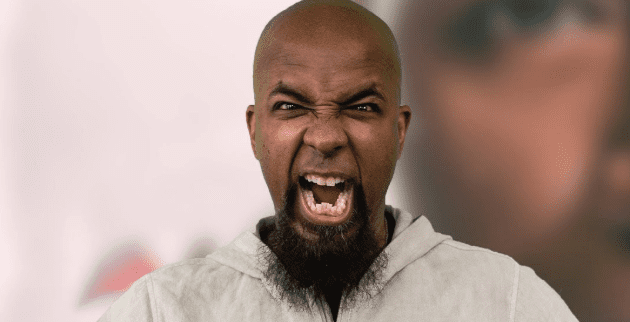
7. 16 for 16
This is a new concept I’ve developed just for this video. 16 for 16 means:
Write 16 bars (with a chorus) with NO beat for 16 days straight… AND THEN start writing to a beat.
This is a little bit like learning the proper form of a benchpress before adding weight to the bar…
Or learning how to roll your wrist properly before actually shooting a basketball.
In any case, I want you to just practice writing every day in the format we’ve suggested before even DIVING into trying to rhyme on beat… that’s an art within itself.
When I first started, I just wrote to no beat for about two weeks following the system we suggested, and then once I knew I was committed to trying to learn rap…
…Then I moved on to beats.
Additionally, you need to prove to yourself (and me as your coach, if you want to call it that), that you even have the work ethic and motivation to do this.
Do you know how many people have come on this blog and said, “I want to be a rapper so bad, it’s my only dream! Help!” And then when I ask how much rap they write a week…
…They say one rap every couple of weeks…
Which is an automatic indication they don’t have the heart for this game.
There are literally millions of people that want to be rappers.
If you can’t work up the nerve to write a LOT of rap, I’m sorry this isn’t the game for you.
So prove to yourself you’re committed by writing for 16 days straight.

8. Learn Basic Flows Then Increase Complexity
After you’ve started to write to a beat, you’ll need to learn how to perfect choice the right rhythm of your words as you interact with the instrumental…
Commonly known as “flow” (or “cadence” occasionally).
I would suggest if you’ve NEVER played an instrument or had any musical training, first learn how to count out to a beat and write a very, basic OLD SCHOOL flow…
…And then increase in complexity as you get more proficient at staying on beat.
In any case, the main idea here is don’t try to rap like Eminem on Kamikaze TOMORROW or you’ll seriously confuse yourself, sound OFF, and actually take LONGER to perfect flow.
Just like being at the gym, add weight as you get stronger.
9. Rap In Front of People As Soon As Possible
One of the most noticeable parts of rap music is how much bravado and confidence it requires of its stars.
Until very recently with the wave of “emo rap”… for most of Hip-Hop history, rappers were also required, even when they were sad, to present a kind of “macho” image… whether or not the artist had it or not.
In your case as a beginning rapper, you want to present an image of confidence from the very beginning… EVEN if you’re not fully there yet…
To improve the likelihood people will cheer you on and encourage you to develop your skills even more.
Additionally, whether or not you become a superstar artist or not, the more public speaking and public performance chops you can get under your belt will help to serve you for a lifetime.
10. “The Streets Will Tell You”
This expression comes from my rap mentor when I was a kid who said…
“When you are ready for the game, you won’t have to tell me. I won’t have to find you. The streets will tell me.”
I always kept that in the back of my mind as a good indication of what I’m headed for… and what you should be headed for as a rapper.
My interpretation of this is that you will know by OTHER people’s reactions to your rapping if you’re ready to go to the next phase of your career.
You won’t have to do any guesswork, you won’t have to convince anybody to bump your record or rap more… the streets will ASK those of you.
If you aren’t at that point yet, then there’s still work to be done. Don’t waste time trying to convince yourself you’re ready.
People will TELL you you’re ready.
